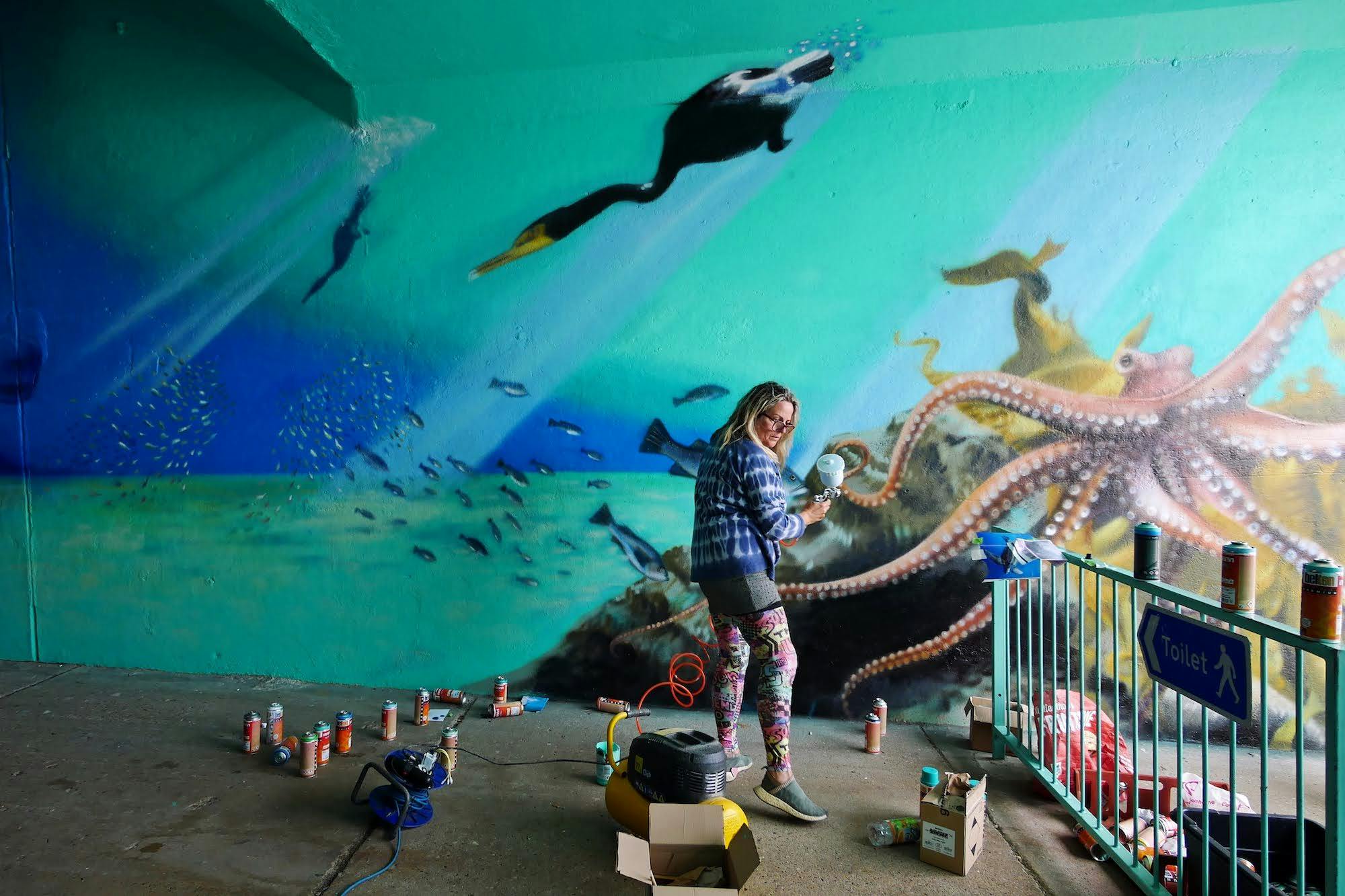The evolution of street art - 2 minutes read

While art shown indoors may have temporarily lost its audience to the pandemic, street art is on the rise. Here, Hazel Davis reflects on how the medium is growing ever more part of the art establishment, yet can still be used as a force for change
This month, American street artist Futura announced he is suing clothing company North Face for copying his signature motif in a recent clothing range. It’s not the first time this has happened and it won’t be the last. And it serves to show just how far street art has crossed into the mainstream.
Street art is fast evolving as a respected genre of contemporary art, says Mary McCarthy, leading street art specialist and curator of Vanguard – a global street exhibition to be held in Bristol this summer, which will feature works by the likes of Banksy, Massive Attack’s 3D and Bill Posters. “Beyond walls, there are many ways in which artists using the streets as their canvas are making money, from exhibitions of original work, edition releases, commissions, merchandising and projects.” On the flipside, she says, “from a more contractual perspective, corporates across the world are recognising the potential advertising power of art on the streets and are commissioning artists to realise their vision in public space. [This may be] less creative conceptually but utilising their skills in the capacity of crafts.”
The interesting characteristic of art labelled ‘street’ is the grassroots nature of its origin, says McCarthy. “It has fundamentally democratised the scene, opening art buying and collecting to a new generation of collectors who previously would not have considered ‘art’.”
Brighton-based street artist Sarah Gillings says she first realised that the genre was definitely entering the mainstream after an interview with a top manager of Barclays Bank. The bank was underwriting a social enterprise idea for her as part of the School for Social Entrepreneurs: “I was fully ready for him to say, ‘aren’t you inciting young hoodlums to tag and vandalise via your projects?’ The question never came, he totally got it.” As a result Gillings founded the UK’s first ever street art charity, U Can Spray.
Source: Creative Review
Powered by NewsAPI.org